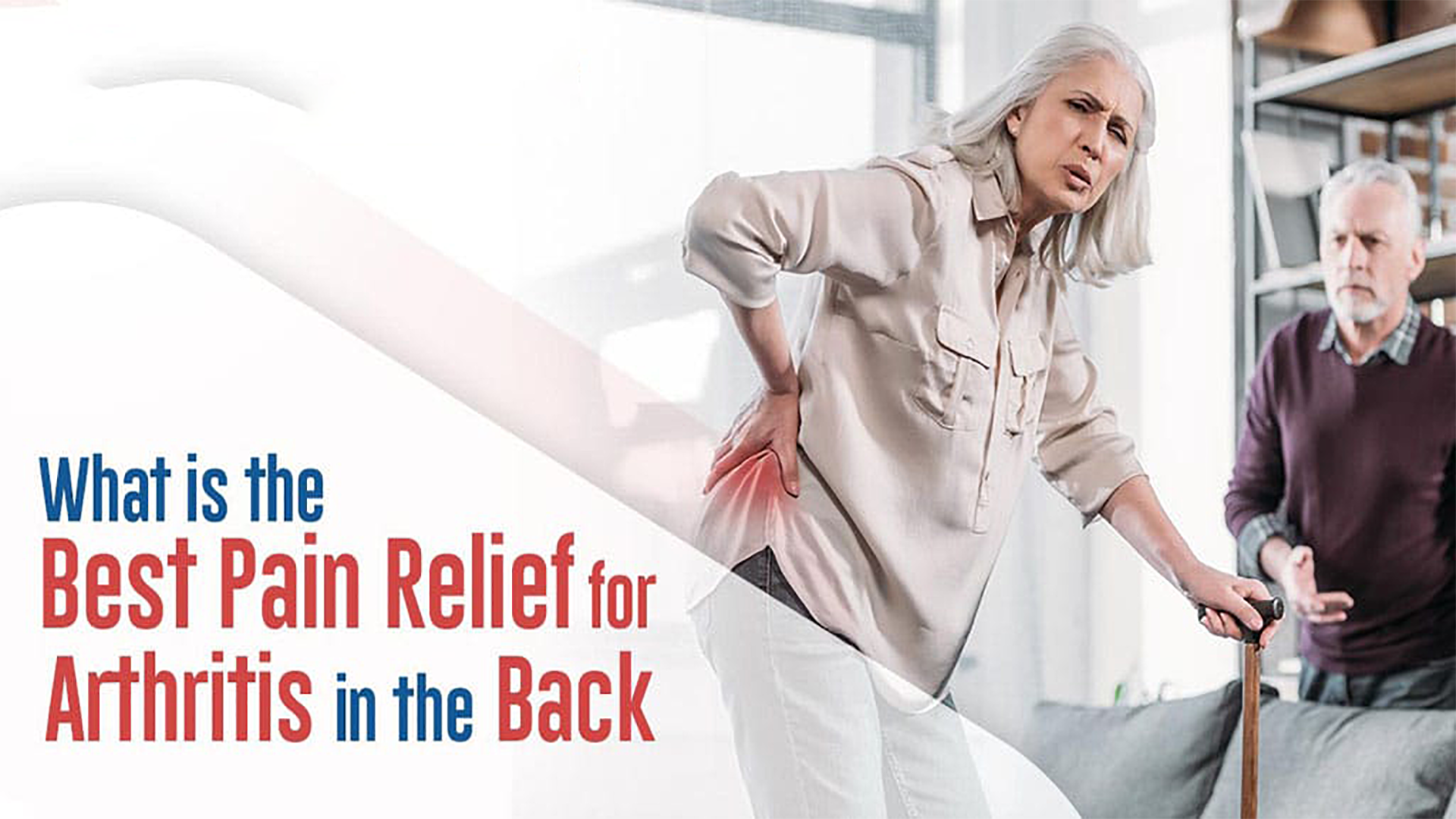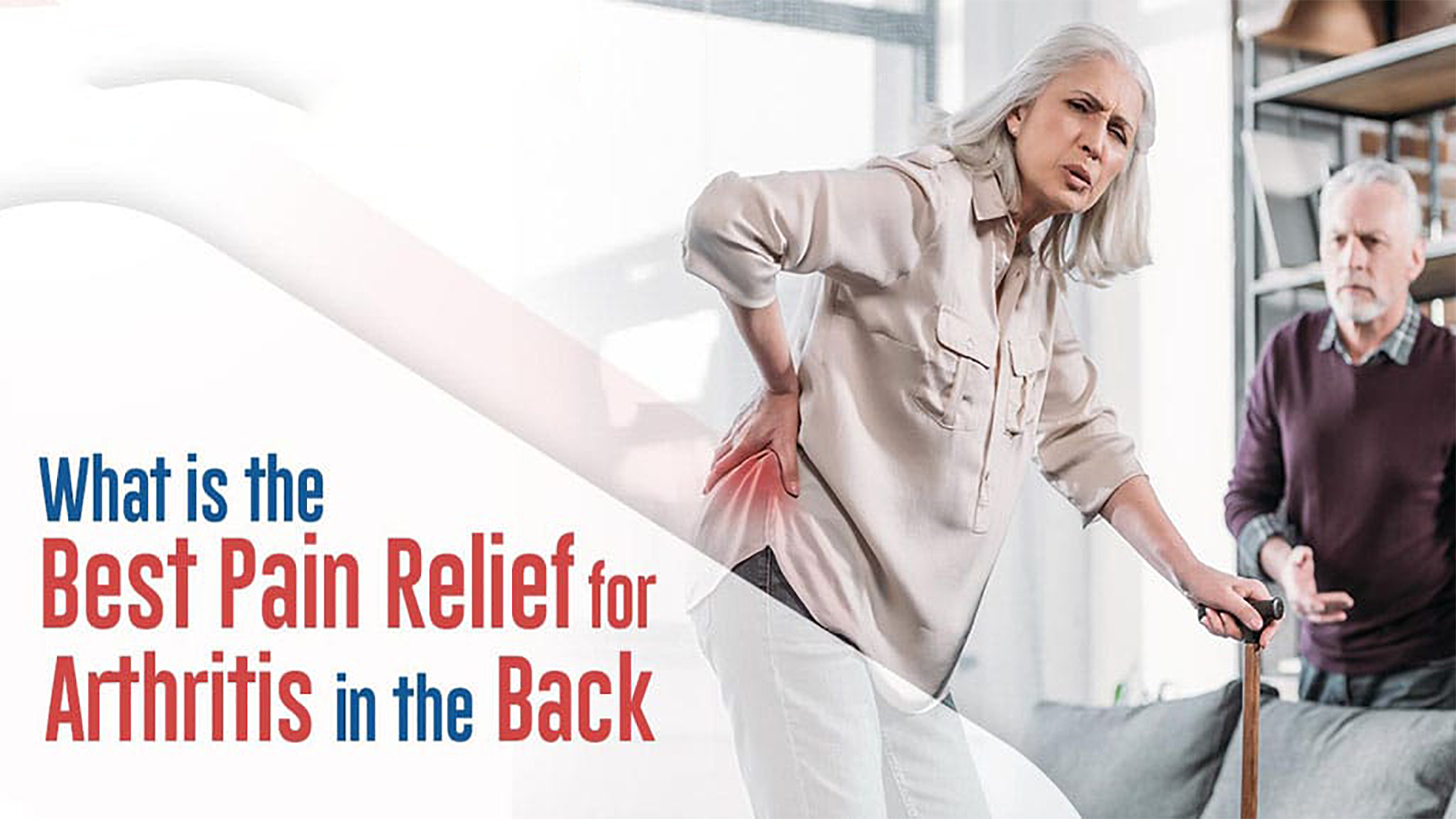Introduction
Back pain is a common issue that affects millions of people, often limiting daily activities and decreasing quality of life. One of the leading causes of chronic back pain is arthritis, an umbrella term for various joint disorders. As we age, the connection between arthritis and back pain becomes more evident. This article will explore the link between arthritis and back pain, treatment strategies, and tips to manage the condition effectively.

Causes of Back Pain Related to Arthritis
Arthritis isn't just one condition but includes many types that can affect the joints. When it comes to back pain, some of the most common types of arthritis include:
-
Osteoarthritis (OA): This "wear-and-tear" arthritis affects the spine, causing cartilage to break down. This leads to bone friction, pain, and the development of bone spurs, which can narrow the spinal canal and compress nerves, resulting in pain that may radiate down the legs (sciatica).
-
Rheumatoid Arthritis (RA): RA is an autoimmune disease that causes inflammation in the joints, including the spine. This inflammation can lead to pain, stiffness, and, if untreated, joint damage.
-
Ankylosing Spondylitis (AS): This condition causes inflammation in the sacroiliac joints and spine. Over time, the inflammation can cause the spine to stiffen and fuse, leading to limited mobility.
-
Psoriatic Arthritis (PsA): Often associated with psoriasis, PsA can also affect the spine, leading to back pain and stiffness similar to AS.
Other factors contributing to arthritis-related back pain include:
-
Age: Arthritis risk increases with age due to wear and tear and slower repair processes.
-
Obesity: Extra weight places stress on the spine, which can worsen arthritis symptoms.
-
Genetics: A family history of arthritis may increase the likelihood of developing it.
-
Previous Injuries: Past back injuries can lead to arthritis in the spine later on.
Managing Back Pain from Arthritis
Managing arthritis-related back pain involves a combination of treatments:
Medications:
-
Over-the-counter pain relievers like acetaminophen and NSAIDs can help with pain and inflammation.
-
Disease-Modifying Antirheumatic Drugs (DMARDs) are crucial for inflammatory arthritis (RA, AS, PsA), as they reduce inflammation and slow disease progression.
-
Corticosteroids can provide fast relief during flare-ups but aren’t recommended for long-term use.
Physical Therapy:
A physical therapist can guide you in exercises that strengthen muscles, improve flexibility, and reduce stiffness. Techniques like heat and cold therapy and proper posture can help manage pain.
Assistive Devices:
-
Back braces, such as the Tourmaline Belt, provide support and warmth, reducing strain and aiding circulation.
-
Orthotics and ergonomic furniture can improve posture and reduce stress on your back.
Injections:
-
Corticosteroid injections can target specific pain points and provide temporary relief.
-
Hyaluronic acid injections lubricate spinal joints, easing pain for osteoarthritis.
-
Nerve blocks can be used for severe, localized pain.
Surgery:
Surgery is considered when conservative treatments don’t work. Options include spinal fusion, laminectomy (removing part of a vertebra), or joint replacement in severe cases.
Alternative Therapies:
Complementary treatments like acupuncture, massage therapy, and yoga can help alleviate pain and improve mobility.
Health Tips for Managing Back Pain and Arthritis
Adopting healthy habits can significantly improve your ability to manage arthritis-related back pain:
-
Maintain a Healthy Weight: Losing excess weight reduces stress on the spine and joints.
-
Exercise Regularly: Low-impact exercises like swimming, walking, or cycling can strengthen muscles and improve flexibility.
-
Practice Good Posture: Maintaining good posture while sitting, standing, and lifting can prevent unnecessary strain on your back.
-
Use Heat and Cold Therapy: Heat can relax muscles, while cold packs can reduce inflammation.
-
Manage Stress: Stress can exacerbate pain, so practicing relaxation techniques such as meditation or deep breathing can help.

-
Quit Smoking: Smoking worsens inflammation and negatively impacts joint health.
-
Consider Supportive Products: Tools like the Tourmaline Belt and Orthopedic Back Stretcher can provide additional support and relief.
-
Listen to Your Body: Rest when needed and avoid overexertion.
Conclusion
Dealing with back pain from arthritis can be challenging, but understanding the connection between arthritis and back pain is the first step toward managing it effectively. With a combination of medical treatments, lifestyle changes, and supportive tools like the Tourmaline Belt, you can improve your comfort and mobility. Take proactive steps, stay informed, and work closely with your healthcare team to ensure the best possible outcome for your back health.
References
-
Title: Osteoarthritis Authors: National Institute of Arthritis and Musculoskeletal and Skin Diseases URL: https://www.niams.nih.gov/health-topics/osteoarthritis
-
Title: Rheumatoid Arthritis Authors: Mayo Clinic Staff URL: https://www.mayoclinic.org/diseases-conditions/rheumatoid-arthritis/symptoms-causes/syc-20353648
-
Title: Ankylosing Spondylitis Authors: Spondylitis Association of America URL: https://www.spondylitis.org/Ankylosing-Spondylitis
-
Title: Exercise and Back Pain Authors: American Academy of Orthopaedic Surgeons URL: [https://www.aaos.org/orthopedic-care/



